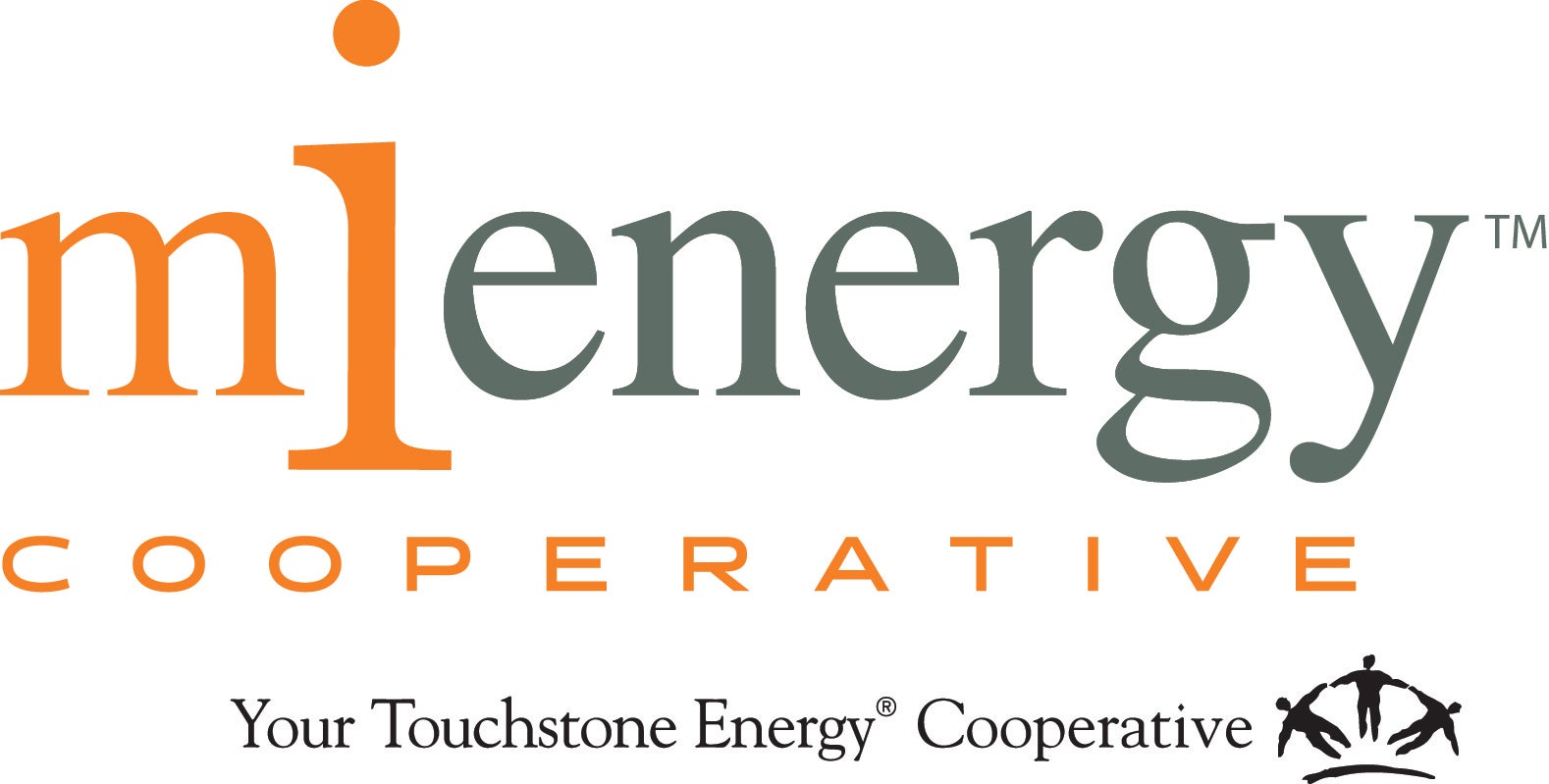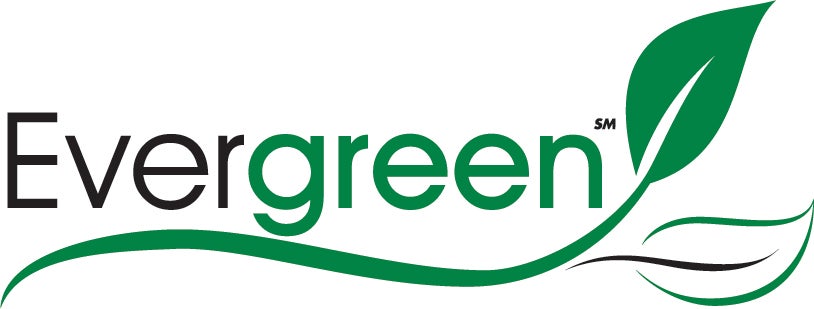MiEnergy Cooperative's community solar project, Renewable Rays, consists of 180, 410-watt units in Rushford and 90, 275-watt units in Cresco that are being offered to members of the cooperative.
Members can purchase the output of a unit that will allow a one-for-one credit from the output of the community solar project to the member's monthly electric bill for the next 20 years. The unit output cost includes insurance, operations, maintenance and all other costs associated with operating the community solar project over 20 years.
The project is designed NOT to be subsidized by members not participating in the project. MiEnergy is also pleased to report that its community solar model is being used by electric cooperatives all across the United States and implemented through the National Renewables Cooperative Organization.
Learn more about Renewable Rays and view today's energy production
Geothermal heat pumps, also known as ground-source heat pumps, use the earth itself or groundwater by means of transferring heat. As the name implies, heat pumps simply move heat from one place to another. During the winter months, they collect and consolidate heat from the ground and move it inside; during the summer months, they reverse the flow and send warm, indoor air out. Systems are highly-efficient, using a small amount of electricity to capture a large amount of free renewable energy from the earth.
Geothermal heat pumps come in two types: a groundwater (open-loop) system uses well water and an earth-coupled (closed-loop) model moves a water and antifreeze solution through underground pipes.
The following websites contain important information regarding geothermal heat pumps:
US Department of Energy Energy Efficiency & Renewable Energy
GeoExchange
Three Minnesota electric cooperatives have shined a light on a key cooperative principle – cooperation among cooperatives—when it comes to renewable energy. Freeborn-Mower Cooperative Services (Albert Lea, Minn.), People’s Energy Cooperative (Oronoco, Minn.) and MiEnergy Cooperative's predecessor Tri-County Electric Cooperative (Rushford, Minn.) created Minnesota Three LLC to bring commercial-grade solar energy to southeastern Minnesota.
The group was awarded a $385,000 federal grant through the United States Department of Agriculture’s Rural Energy for America Program (REAP) to assist with the cost of the project.
It’s a unique situation where distribution cooperatives will own the generation and their wholesale power provider, Dairyland Power Cooperative, of La Crosse, Wis. purchases all the energy from the 517 kilowatt (kW) solar system that produces enough energy to power about 60 homes. Dragonfly Solar, also of Minnesota (Lakeville), had the system operational July 2014.
There are two primary methods of harnessing the sun: concentrating solar power (also known as solar thermal energy) and photovoltaics. Sunlight may look like an easy way to generate electricity, especially in remote areas without easy access to transmission lines. But there are drawbacks. The sun only shines for a set number of hours daily, and cloudy or overcast conditions can wreak havoc on solar power production. Without an effective way to store electricity for nighttime and cloudy day use, a solar system’s effectiveness remains limited.
Cost has been a long-standing barrier, though the outlook in that area looks brighter. Researchers at the U.S. Department of Energy Lawrence Berkeley National Laboratory released a study in late 2009 showing PV installation costs over the last decade had dropped more than 30 percent—and more than 4 percent of the drop occurred in 2008 alone.
Solar power can serve as an excellent supplement to an existing grid. As costs continue to drop you may want to research the long-term benefits of adding a system to your home.
The following websites contain important information regarding solar generation:
US Department of Energy Efficiency & Renewable Energy
Minnesota Department of Commerce
Solar Electric Power Association
Download the Iowa Energy Center's Solar PV Energy Guide
Or download the following information regarding solar:
Solar Distributed Generation: Questions to Ask Your Solar Vendor
Solar Distributed Generation: Myths vs. Facts
Wind farms are becoming more efficient at generating electricity. However, even wind still has its limitations. Backup generating resources are still necessary because the wind doesn't blow 24-hours a day. As technology evolves, however, wind has the ability to play an important role in the electric generation once the energy can be captured and stored in an economical manner. Due to the growing interest in consumer-owned wind generation, MiEnergy feels obligated to bring some important considerations to the attention of our membership.
Plan ahead before making your investment. If you are interested in installing a wind generator for the purpose of selling electricity back the cooperative, you will need to review detailed plans with our staff. Interconnection with utility lines requires considerable planning and will involve additional equipment and metering. Any device that introduces electric energy onto the cooperative's power lines must be interconnected in a way that does not pose an electrocution hazard to our employees. Read more »
Do your research. The power in the wind varies greatly from one location to another. Although it seems like the wind is always blowing, there are many things to consider, such as the terrain, the site’s elevation, any buildings or natural obstructions, access to prevailing winds and wind speed. Speed is the most important factor, and wind speed will vary from year-to-year, season-to-season, with the time of day, and also with the height of the turbine. Wind turbines require a minimum wind speed before the blades will turn and begin to generate usable power. At very high wind speeds, most turbines will cease generation and shut down. This cutout speed is a safety feature that protects the unit from damage. Wind turbines are a large investment. Before purchasing a turbine, it is suggested that a wind study be done at the location where the turbine would be installed. Wind maps are available to the public, but these are more of an average for the area and are not always accurate.
The following websites contain important information regarding wind generation:
MN Department of Commerce
US DOE Energy Efficiency & Renewable Energy
US DOE Wind Energy Program
National Renewable Energy Laboratory
Dairyland's Renewable Energy Resources
With rising energy costs, renewable energy is on everyone's mind including MiEnergy's and its power supplier, Dairyland Power Cooperative (DPC). Each power supply path that DPC chooses to meet its members' future needs has unique characteristics to evaluate including project time, transmission access, levels of risk and financial impact. DPC and MiEnergy work together to provide safe, clean, affordable and reliable electricity to members.
DPC is recognized as an industry leader in renewable energy, currently netting about 55 megawatts (MW), and is continuing to grow its portfolio of renewable energy. By gradually adding renewables to its energy portfolio as it has been, DPC and its members feel less of the financial impact of these investments. This gradual addition of renewables also allows technology to progress to help increase the reliability and efficiency of renewable sources for energy generation.
For more information about renewable energy, contact:
Kent Whitcomb
V.P. of member services


